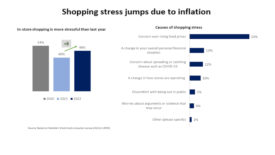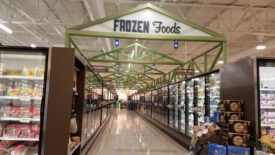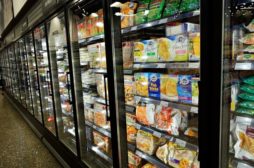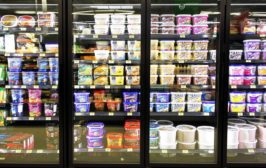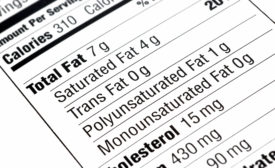Home » Keywords: » consumer spending
Items Tagged with 'consumer spending'
ARTICLES
Frozen Food Sales Rose Significantly at the End of April, Due to Perceived Meat Shortages and Consumer Replenishing
Overall frozen food sales were +50.3% compared to 2019, the highest since mid-March stockpiling.
May 11, 2020
Refrigerated and Frozen Food Sales Rising Again Amid COVID-19 Pandemic
After a one-week decline, sales increase, while year-over-year numbers remain lofty due to residual effect of COVID-19 stockpiling in early March.
April 18, 2020
U.S. Enters 'Cool Down' Period for Refrigerated and Frozen Food Purchases as Stockpiling Decreases
Sales numbers down across the board, but still significantly higher compared to last year.
April 13, 2020
Frozen and Refrigerated Foods See Sky-High Spike in Sales Amid COVID-19 Pandemic
New data from IRI details consumer food and beverage stockpiling trends since March 1.
March 30, 2020
Study: 72% of Americans confused by nutrition labels
The study highlighted that 54% of U.S. shoppers want retailers to do more to encourage healthy eating.
June 18, 2019
Report details consumer spending trends by demographics
Generation Z, or those under 25, spent a relatively equal amount on food at-home vs. away-from-home.
June 10, 2019
Study finds younger Millennials outspend older cohorts on food, beverage purchases
Younger Millennial spending on food and beverages is clearly outpacing older baby boomers and retirees who struggled in Q1.
June 4, 2019
Study: CPG spends more on digital than traditional ads
• Despite the increase in shopper marketing and digital spending, neither retailers nor shoppers are feeling the impact.
March 1, 2017
Elevate your expertise in refrigerated and frozen foods with unparalleled insights and connections.
Get the latest industry updates tailored your way.
JOIN TODAY!Copyright ©2024. All Rights Reserved BNP Media.
Design, CMS, Hosting & Web Development :: ePublishing
